Special Damages You Can Collect From a Medical Malpractice Claim
 When your loved one has suffered harm due to the negligence of a hospital or doctor, one of the first things you may worry about are the medical bills. Your family member was already being treated for an ailment, and with the additional injury, the bills are sure to increase considerably.
When your loved one has suffered harm due to the negligence of a hospital or doctor, one of the first things you may worry about are the medical bills. Your family member was already being treated for an ailment, and with the additional injury, the bills are sure to increase considerably.
A fair settlement should cover these bills. This can include future costs, such as rehabilitation or medical equipment, or even in-home nursing care for cases of severe impairment.
If your loved one was employed and lost time from work due to the additional care necessary for recovering from the medical error, he or she may be entitled to lost wages. In cases of serious injury, your loved one may become permanently unable to work, which may qualify him or her for damages to compensate for permanent loss of income.
Emotional Damages in a Medical Malpractice Claim
When it comes to negotiating a fair settlement for your medical malpractice case, emotional damages are a bit more complicated to assess. Emotional damages refer to the pain and suffering a serious medical mistake can inflict on the patient and his or her family.
Your loved one can seek damages related to loss of enjoyment of life if the injury has a lasting impact on daily life, such as the loss of a limb or disfigurement. These conditions can lead to mental anguish and depression.
Under Ohio Revised Code §2323.43(A)(2), the cap on non-economic damages in Ohio is $250,000 or three times the economic damages, whichever is higher. However, there is a maximum of $350,000 per plaintiff and $500,000 per occurrence. If the patient suffered permanent injury that prevents self-care, caps are $500,000 per plaintiff and $1 million per occurrence, according to ORC §2323.43(A)(3).
Our Attorneys Help You Seek the Damages You Deserve
According to HealthGrades’ 2013 Variation in Patient Safety Outcomes report, there were 287,630 serious but potentially preventable patient safety events that occurred among Medicare patients in U.S. hospitals from 2009 through 2011. It only takes a small mistake to make a big impact on a patient’s life, and injured patients and their families have the right to seek damages for this type of negligence.
At Ryan, LLP, we assist clients in Cleveland and the surrounding areas. Our job is to ease the burden on your family so you can focus on family matters, rather than legal matters. Contact us to schedule a free consultation today at (877) 864-9495.
About the author of this article: Thomas Ryan
